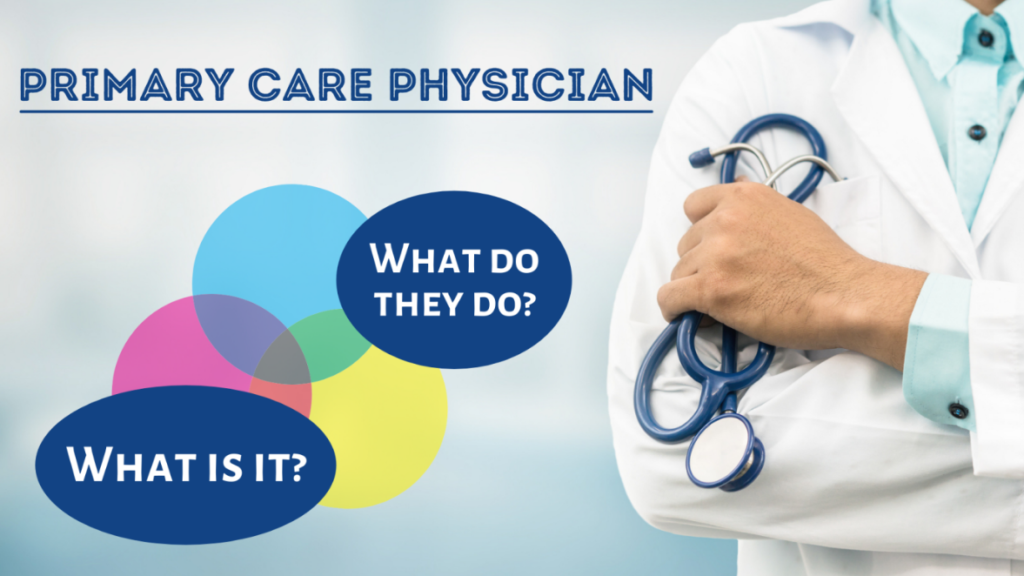At Coachella Valley Direct Primary Care, we are committed to providing comprehensive health services tailored to our patients’ unique needs. We are excited to introduce our newest service: testosterone therapy. This innovative treatment is designed to help individuals struggling with low testosterone levels, offering them a path to improved health and well-being.
What is Testosterone Therapy?
Testosterone therapy is a medical treatment that aims to increase the levels of testosterone in individuals who are experiencing low testosterone, also known as hypogonadism. Testosterone is a vital hormone responsible for various functions in the body, including muscle mass, bone density, red blood cell production, and maintaining libido. When testosterone levels drop, it can lead to a range of symptoms that can significantly impact an individual’s quality of life.
Read more: Spotting Strep A Symptoms: Your Guide to Early Detection

How is Testosterone Therapy Performed?
At Coachella Valley Direct Primary Care, our testosterone therapy is performed with the highest standards of care and personalized attention. Here’s a step-by-step overview of the process:
- Initial Consultation and Evaluation: The first step involves a thorough evaluation by our healthcare professionals. This includes a detailed medical history, physical examination, and laboratory tests to measure your testosterone levels and rule out other potential causes of your symptoms.
- Personalized Treatment Plan: Based on your evaluation results, our medical team will develop a personalized treatment plan tailored to your specific needs. This plan outlines the appropriate form of testosterone therapy for you, whether it be injections, patches, gels, or other methods.
- Administration of Testosterone: Depending on your treatment plan, testosterone can be administered through various methods:
- Injections: Typically administered every 1-2 weeks, injections are a common and effective method.
- Transdermal Patches or Gels: Applied to the skin daily, these provide a steady release of testosterone.
- Implants: Small pellets inserted under the skin release testosterone over a longer period.
- Oral Medications: Less commonly used due to potential liver impact, oral medications can be an option in certain cases.
- Monitoring and Follow-Up: Regular follow-up appointments are crucial to monitor your testosterone levels and ensure the therapy is effective. Adjustments to the treatment plan may be made based on your response and any side effects experienced.
Expected Results
Testosterone therapy can lead to a range of positive outcomes for individuals with low testosterone. Some of the expected benefits include:
- Improved Energy Levels: Many patients report feeling more energetic and less fatigued.
- Enhanced Mood and Well-being: Testosterone therapy can help alleviate symptoms of depression and improve overall mood.
- Increased Muscle Mass and Strength: With higher testosterone levels, patients often experience an increase in muscle mass and strength.
- Better Sexual Function: Improved libido and sexual performance are commonly reported benefits.
- Bone Density Improvement: Testosterone plays a key role in bone health, and therapy can help prevent osteoporosis.
Read more: Boost Your Longevity: Live Longer in 5 Easy Steps
Frequently Asked Questions (FAQ) about Testosterone Therapy
Who is a candidate for testosterone therapy?
- Individuals experiencing symptoms of low testosterone, confirmed by blood tests, may be candidates for testosterone therapy. It’s essential to consult with a healthcare professional to determine if this treatment is appropriate for you.
Are there any side effects of testosterone therapy?
- Potential side effects can include acne, sleep apnea, and an increase in red blood cell count. Our medical team will closely monitor you to mitigate any risks.
How soon can I expect to see results?
- Some benefits, such as improved mood and energy levels, may be noticed within a few weeks. Other effects, like increased muscle mass and bone density, may take a few months.
How long will I need to continue testosterone therapy?
- The duration of therapy varies depending on individual needs and response to treatment. Some individuals may require long-term therapy, while others might achieve their desired results in a shorter period.
Am I a good candidate for testosterone therapy (TRT)?
- Yes, if both are true: (1) you have consistent symptoms of low T and (2) two early-morning total testosterone levels are low (AUA uses <300 ng/dL as a reasonable cut-off).
- Your clinician should also check LH/FSH to tell primary vs secondary hypogonadism before treatment.
Is TRT safe for the heart?
- The large TRAVERSE trial found TRT was noninferior to placebo for major cardiovascular events, though atrial fibrillation, acute kidney injury, and pulmonary embolism were seen more often in the TRT group.
- In Feb 2025, the FDA removed the class boxed cardiovascular warning and added/retained blood-pressure warnings on labels based on ABPM studies. Discuss your personal risk and monitor BP.
Will TRT affect my fertility?
- Yes. Exogenous testosterone suppresses spermatogenesis; do not start TRT if you’re planning fertility soon. Alternatives to discuss: hCG-based therapy and/or selective estrogen modulators in appropriate cases.
How soon will I notice benefits?
- Typical timeline (varies by person): libido ~3 weeks (plateaus by ~6 weeks); mood/energy/QoL ~3–6 weeks; erections/ejaculation changes may take up to 6 months; hematocrit rises start ~3 months (peak 9–12). Set expectations and reassess if nothing changes by 3–6 months.
What are the main risks—and what labs should be monitored?
- Key risks to discuss: erythrocytosis (high Hct), PSA/prostate considerations, worsening sleep apnea, acne/oiliness, BP increases (product-specific labeling).
- Common monitoring plan: baseline TT (×2), Hct/Hgb, PSA/DRE as appropriate, ± lipids/LFTs → recheck ~3 months, 6–12 months, then annually; hold/adjust if Hct ≥54%.
Which form of TRT should I choose?
- Options include injections, gels/patches, pellets, and oral testosterone. Choice hinges on preference, cost, adherence, skin tolerance, and BP considerations (some products carry BP warnings). Decide with your clinician after reviewing pros/cons and follow-up needs.
Contact Coachella Valley Direct Primary Care
If you are experiencing symptoms of low testosterone and are seeking a path to better health and vitality, Coachella Valley Direct Primary Care is here to help. Our dedicated team of healthcare professionals is committed to providing personalized, high-quality care tailored to your unique needs.
Take the first step towards feeling your best. Contact us today to schedule your initial consultation and learn more about how testosterone therapy can benefit you. Call us at (760) 123-4567 or visit our website to book your appointment online. Don’t let low testosterone hold you back any longer—unlock your full potential with Coachella Valley Direct Primary Care.
Addressing the underlying causes of low testosterone provides a clear path to improved well-being. Testosterone therapy at Coachella Valley Direct Primary Care offers a promising solution for those looking to regain their vitality and enhance their quality of life. We look forward to partnering with you on your journey to optimal health.





